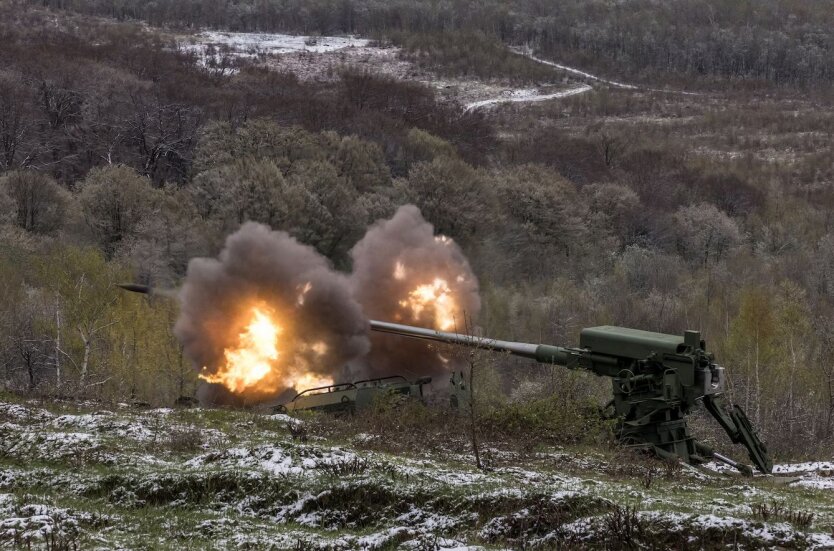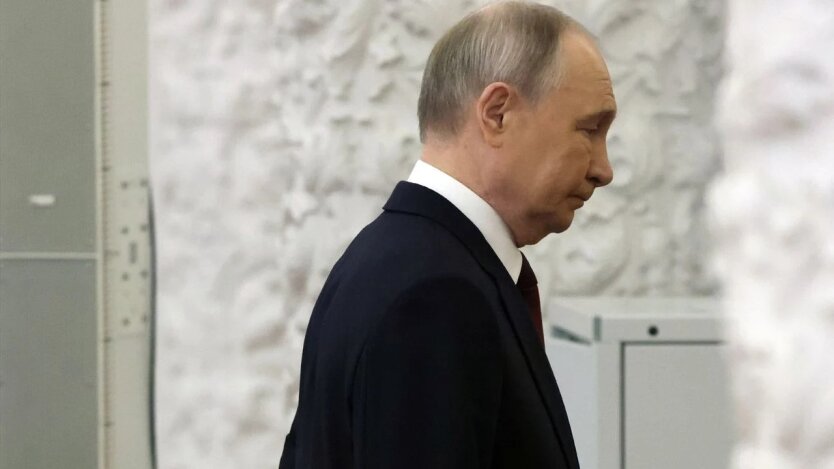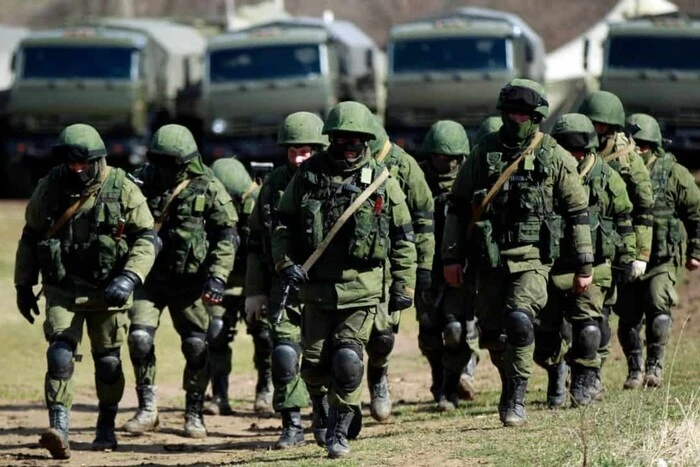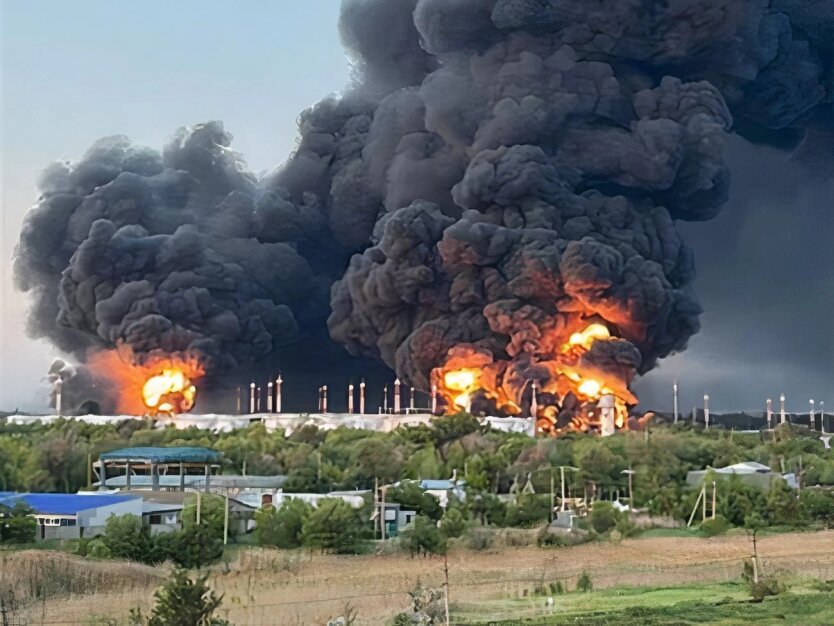From supplying weapons to investing in production: the EU changes its strategy to support Ukraine.


Ukraine has made significant progress in producing its own self-propelled howitzers 'Bohdana'. In two years, the production of such howitzers has increased from six to over 20 units per month. This has been made possible due to substantial investments from European partners who support the Ukrainian defense industry instead of direct weapons supplies, reports The Washington Post.
On April 8, the European Union announced the allocation of a new tranche of 1 billion euros for artillery production. This funding comes from profits from frozen Russian assets and is part of a total package of 20 billion euros planned to support Ukraine's defense industry over the next year.
'First of all, it is cheaper. Secondly, it is faster. Thirdly, you reduce transportation and logistics costs and Time. Fourth, it helps the economy grow,' explained Katharina Matternova, EU ambassador to Ukraine, the advantages of this model of cooperation.
The 'Bohdana' howitzer, with a caliber of 155 mm, is capable of firing at a distance of up to 40 kilometers and has become the first Ukrainian artillery system of NATO caliber. According to the director of the Defense Procurement Agency of the Ministry of Defense, Arsen Zhumadilov, currently more than 85% of the components are produced in Ukraine, and this figure is expected to increase to 95% by the end of the year.
'Currently, self-propelled howitzers are being produced in Ukraine in quantities that have no analogs in Europe,' Zhumadilov noted. According to him, there is a direct link between Ukraine's defense capability and the security of the entire continent: 'If Ukraine falls, Europe will not be able to resist the Russians as effectively as we do.'
This model of cooperation is beneficial for both parties. European countries can use Ukraine as a testing ground for developing new weapons, such as drones, in which they have little experience. At the same time, Ukraine strengthens its production capacities and becomes less dependent on external weapons supplies.
Some European countries also send their military personnel for training in Ukraine to gain combat experience. In one of the recent interviews, the commander of the Danish army announced plans to send more soldiers to Ukraine for training purposes.
'Ukraine is ahead of everyone else and uses Western systems more effectively than Western countries are able to use them,' noted Niko Lange, a former German defense official who is now a fellow at the Center for European Policy Analysis.
The production of self-propelled howitzers is still insufficient to achieve victory in the war, but it significantly improves Ukraine's defense capability and creates a foundation for the long-term development of the national defense industry in close integration with the European defense sector.
Read also
- Russia prepares for a large-scale summer offensive against Ukraine: which regions are at risk
- WP: Ukraine is Increasing Its Artillery Capabilities










